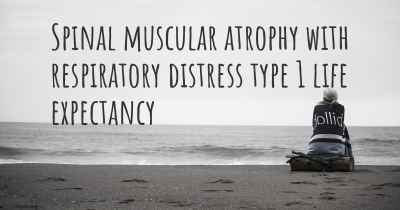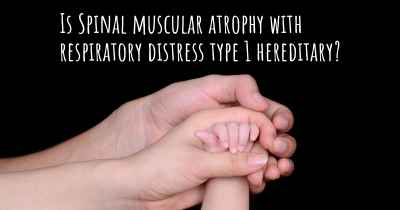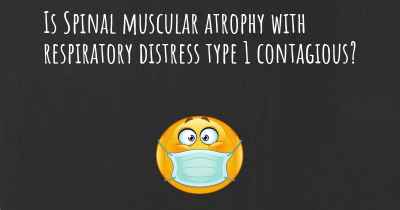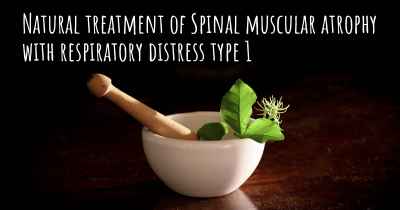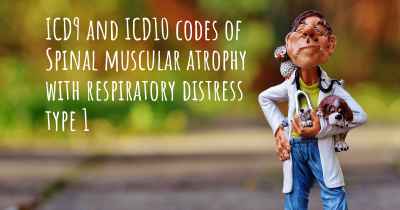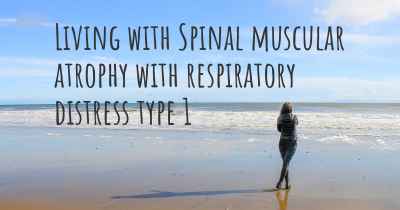What are the best treatments for Spinal muscular atrophy with respiratory distress type 1?
See the best treatments for Spinal muscular atrophy with respiratory distress type 1 here

Treatments for Spinal Muscular Atrophy with Respiratory Distress Type 1
Spinal Muscular Atrophy with Respiratory Distress Type 1 (SMARD1) is a rare genetic disorder that affects the motor neurons in the spinal cord, leading to muscle weakness and respiratory problems. It is a severe form of spinal muscular atrophy (SMA) that typically presents in infancy. Currently, there is no cure for SMARD1, but there are several treatments available to manage the symptoms and improve the quality of life for affected individuals.
1. Respiratory Support
Respiratory support is a crucial aspect of managing SMARD1 as respiratory distress is a primary symptom of the condition. Non-invasive ventilation (NIV) is often recommended to assist with breathing. NIV involves the use of a mask or nasal prongs to deliver pressurized air, helping to maintain adequate oxygen levels and reduce the risk of respiratory complications. In some cases, tracheostomy may be necessary to provide long-term respiratory support.
2. Physical Therapy
Physical therapy plays a vital role in managing SMARD1 by maintaining muscle strength and mobility. A physical therapist can design a personalized exercise program to help improve muscle tone, flexibility, and overall motor function. They may also recommend assistive devices such as braces, splints, or wheelchairs to enhance mobility and independence.
3. Nutritional Support
Due to the muscle weakness associated with SMARD1, individuals may experience difficulties with feeding and maintaining adequate nutrition. Feeding assistance may be required, which can involve techniques such as modified positioning, specialized feeding equipment, or even the use of a feeding tube to ensure proper nutrition and hydration.
4. Medications
While there is no specific medication to treat SMARD1, certain medications can help manage symptoms and improve overall well-being. Pain medications may be prescribed to alleviate discomfort associated with muscle weakness and joint stiffness. Additionally, respiratory medications such as bronchodilators or mucolytics may be used to improve breathing and reduce the risk of respiratory infections.
5. Genetic Counseling
Genetic counseling is an essential component of managing SMARD1. It involves working with a genetic counselor who can provide information about the condition, its inheritance pattern, and the likelihood of passing it on to future children. Genetic counseling can help individuals and families make informed decisions regarding family planning and understand the available options for prenatal testing.
6. Supportive Care
Supportive care is crucial for individuals with SMARD1 and their families. This can involve a multidisciplinary approach, including regular check-ups with healthcare professionals, access to specialized clinics, and involvement in support groups or patient communities. Supportive care aims to address the physical, emotional, and social needs of individuals with SMARD1, providing a comprehensive network of support.
In conclusion, while there is currently no cure for Spinal Muscular Atrophy with Respiratory Distress Type 1 (SMARD1), various treatments and interventions can help manage the symptoms and improve the quality of life for affected individuals. Respiratory support, physical therapy, nutritional support, medications, genetic counseling, and supportive care all play crucial roles in the comprehensive management of SMARD1.
